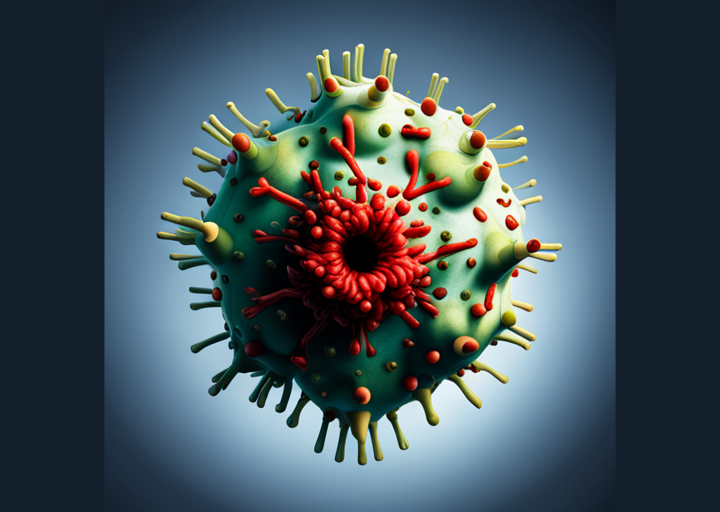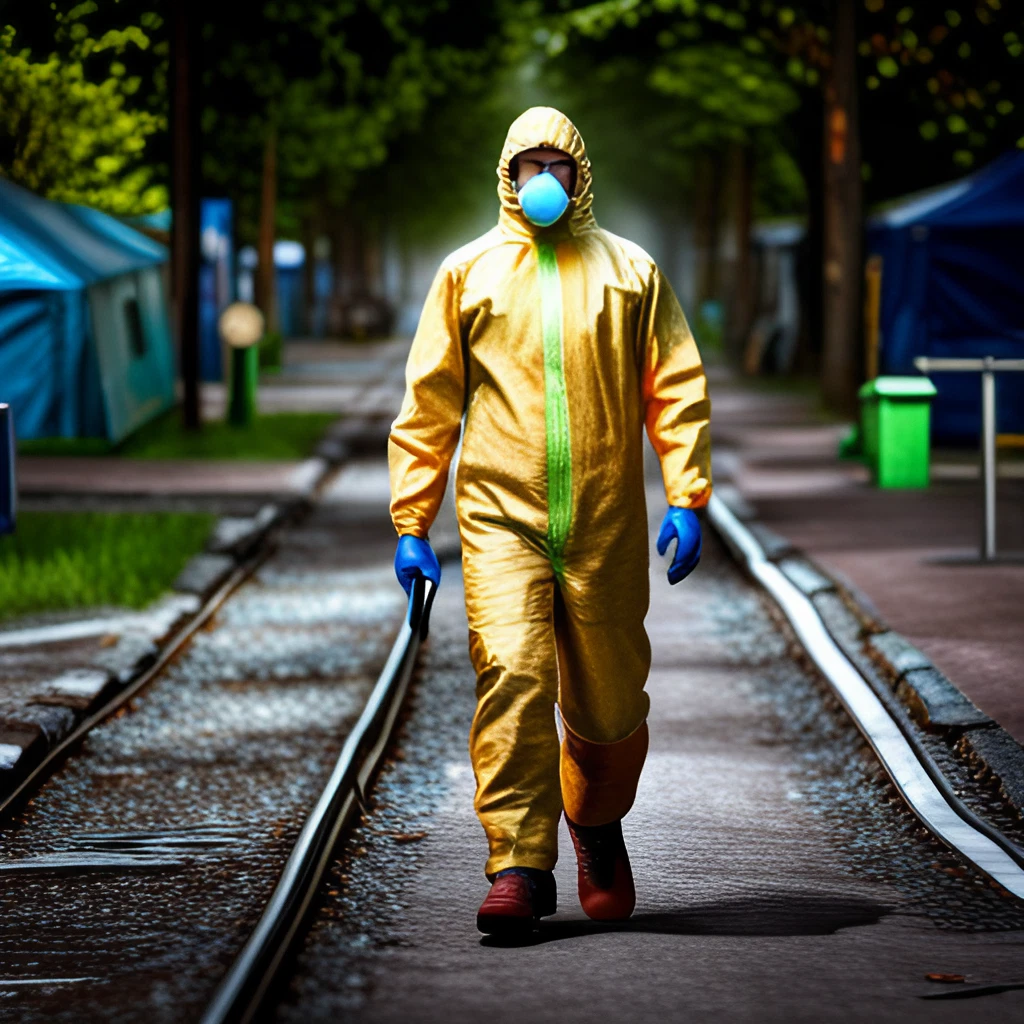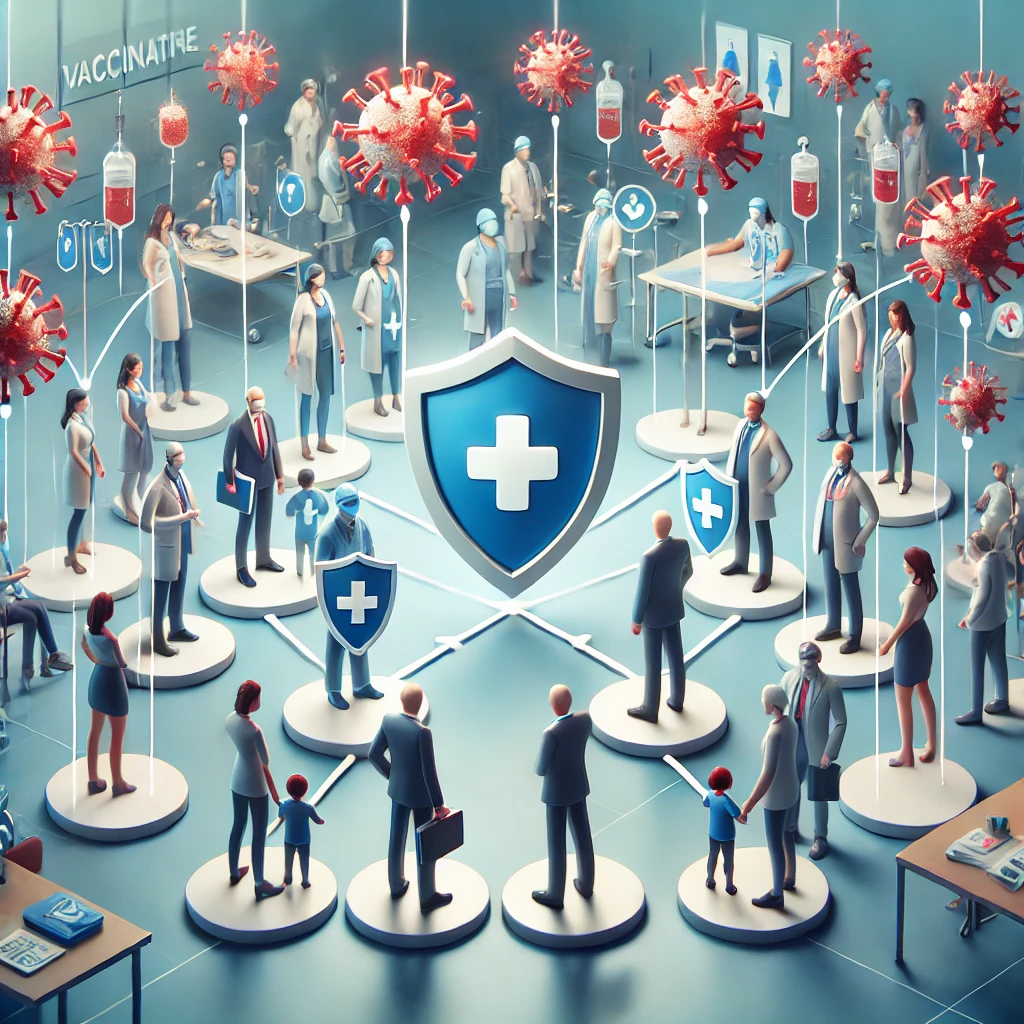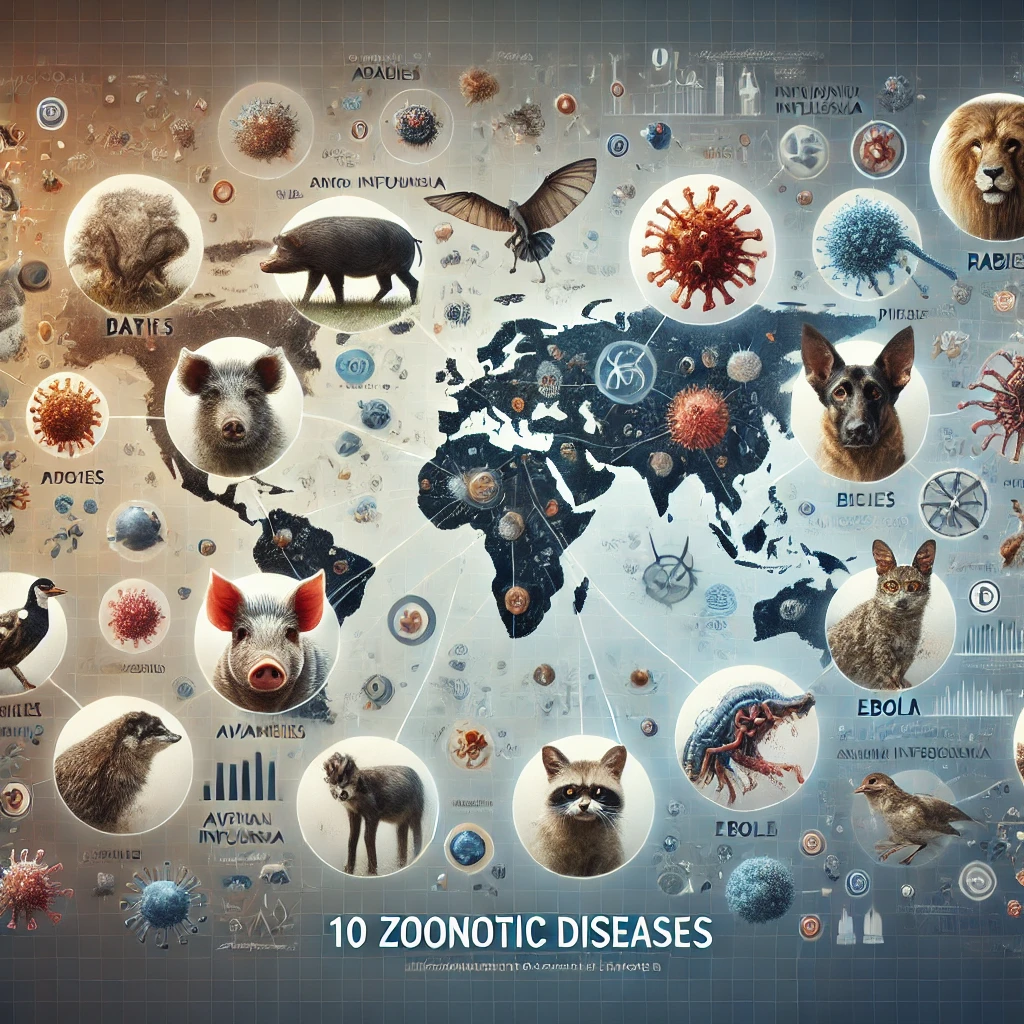Pandemics (All Articles)

How Does COVID Change into New Forms?
COVID-19 mutates during replication, creating new variants like Delta and Omicron, which are more transmissible and can evade the immune system. Understanding these mutations helps scientists develop better vaccines and treatments. How can we stay ahead of these mutations to control the pandemic? Read the full article to learn more.
CLICK HERE!
When did the pandemic start?
The COVID-19 pandemic likely began in mid-December 2019, with early cases linked to a seafood market in Wuhan, China. The virus spread rapidly, with cases doubling every 7.4 days and reaching international levels by January 2020. Understanding this timeline is crucial for improving early detection and response strategies for future pandemics. What can we learn from the early spread of COVID-19 to better prepare for future pandemics? Read the full article for more insights.
CLICK HERE!
What is Community Protection?
CLICK HERE!
What are 10 Animal-to-Human Diseases?
CLICK HERE!
What are the lessons learned from the COVID-19 pandemic?
CLICK HERE!
